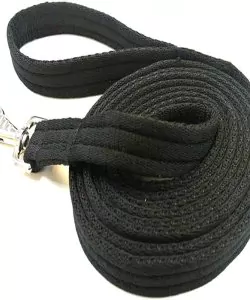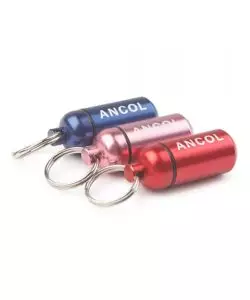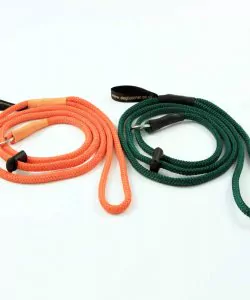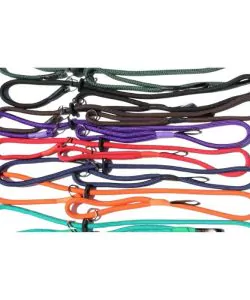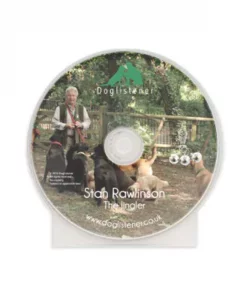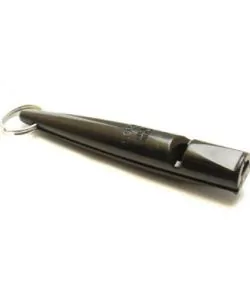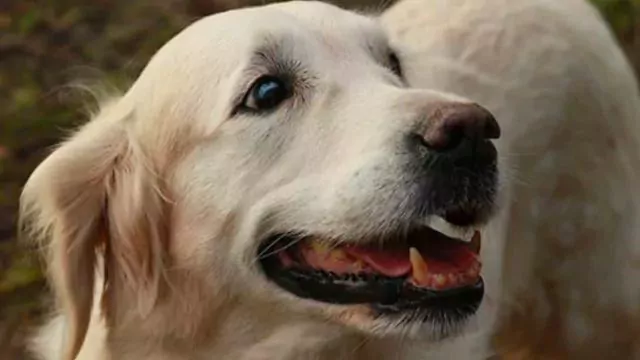Puppy Recall Training That Really Works
Stan Rawlinson, Dog Behaviourist explains how training puppies’ recall techniques early, stops any recall problems when your pup gets older
For A Brilliant Recall, You Must Start Early
See The Three Little Videos At The End Of The Article
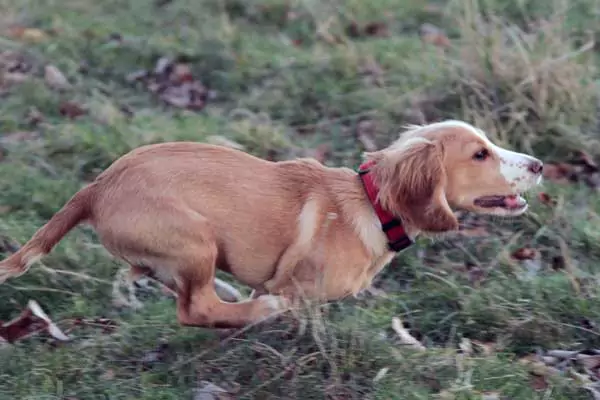
Whistle Introduction: Often we introduce whistle commands far too late in the puppies’ training cycle.
Starting pups very young on the whistle for recall and the sit and stay pays huge dividends, yet we often do not take this opportunity. Introduce the whistle as early as possible by associating exciting and pleasurable experiences.
Even whilst still with the mother. pups will readily respond to the recall whistle by six or seven weeks old.
I have seen litters of very young pups scamper to the whistle in excitement.
There are three short videos at the bottom of this page. When puppies associate experiences with a whistle in a positive manner they will respond enthusiastically to their reward of affection, food, treats, or a game.
Always make the whistle something pleasurable. The same is true of the “sit”. Pups can consistently comply with this whistle command by twelve weeks old. You will also need to set the Stop Whistle. So as to cover this in full I intend to write an article that covers this important area.
They will eagerly sit on the whistle when the reward is good and the commands are given consistently. simply use a verbal and visual
Start by preparing the dog’s food and getting someone to hold the pup 10 or 12 feet away. Blow your normal recall (which in most cases is two peeps on the whistle) and get the helper to release the pup. Extend this by getting your helper to hold the pup in another room and repeating the process.
Another great way of setting the whistle is to buy two whistles. Position your dog in the middle of two people, close enough to touch. Blow two peeps on the whistle, if he doesn’t respond blow again and either touch his ear or his muzzle.
You will need two whistles later to get the dog coming back and forward between two people. When the dog looks at you immediately say “good” “take it” and give a high-quality treat.
Once you have treated the dog for looking at you, then the person behind the dog does exactly the same. The word “Good” is a target word and works the same as a clicker, “Take It” Is permission to take the treat.

For treats, I always use my own label natural air-dried treats. Click the picture or see (1) Natural Air Dried Treats
These include Pure Rabbit Training Treats, Beef Sausages, Air Dried Sprats, Beef Lung, and Dog Spaghetti.
Other than the natural rabbit treats that are already cut to size, I cut the others up into usable small pieces using scissors, secateurs or a Stanley knife. The size you cut them should be suitable for the breed of the dog you are training. They are totally natural air-dried high-value treats as nature intended.
The reason I started my own brand of ethical air-dried totally natural treats, is that I know they are no nasty ingredients or preservatives in any of them.
Brilliant for the coat with essential oils and the fish has Omega 3. I often finish off the session with an Air Dried Chicken Stomach as an extra special bingo treat like half a beef sausage.
These treats also smell great, you can break the Sprats into any size you want very easily because they are air-dried. For outdoors I use either cut-up beef sausages, spaghetti, udder or Jerky, the fish can a bit smelly in your pockets. Gradually remove the treat almost completely when learning has occurred. I use and sell ACME whistles without any doubt the only whistle you should ever buy.
Allowing the puppy to become more mature before introducing the whistle is not conducive to a good recall response in later life. At six-month-old without early training, pups will pay little or no heed to their owner’s recall commands, making any future training remedial and therefore more difficult. See (2) Junior or Adult Recall.
Likewise, once the pup has developed past five or six months and is charging in hard on retrieves or running to other dogs or wild animals, then whistle control is much more difficult to introduce.
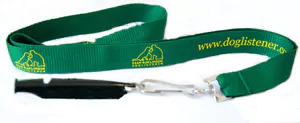
ACME whistles; are the best on the market and they are numbered.
Therefore, if you lose your whistle you can order a replacement with exactly the same tone as they are manufactured to exacting specifications. I use a 211.5 you can buy them from my website.
They come with a Doglistener Lanyard. Click on the picture of the whistle for more information. I am often asked if we have the same number of whistles as other dog owners, surely, the dog will come to them and my dog could be stolen or confused.
Dogs recognise the distinct way you blow your whistle like it knows the sound of your car irrespective if half a dozen of the same model drove past. They have an incredible aural memory for sounds and tones.
Early Psychological Reinforcement: Imagine that your young pup’s brain is a CD, written to that CD are the breeder and their family, the mother, siblings, and any other dogs the breeder has.
Then you and your family and friends come into the equation then, of course, the Vet and the people you meet on the street.

There is nothing on that CD that says that if he runs away; it will be far more interesting than staying with you.
You are the centre of the pup’s universe. so let him off the lead, the dog is not going anywhere, it will stick like glue to your every move.
The first time you take your dog into the big wild world, which should be as early as possible after the second vaccination, you should let him off.
Make sure you pick a safe place without too many distractions or other dogs, pick an area with plenty of trees. Now, what is vitally important is that the dog gets a slight feeling of anxiety when he cannot see you.
Move upwind, then whilst he is distracted, quickly hide behind something, like a tree or a fence, he will eventually look up and start to panic.
Allow this to happen for a short while, he will eventually run around and hopefully pick up your scent and find where you are hiding. When this happens, make a big fuss and give a high-value treat.
I use Sprats, one of the best treats for training but not so easy to carry. Alternatively, tasty dry high-value treats that you can keep loose in your pocket. I use natural air-dried rabbit treats
If he starts to panic and does not find you after a while then blow your whistle and show yourself, praise and treat him when he runs up to you, a valuable lesson will have been learned.
He will not think you have hidden but will think you have gotten lost; this will instil the need to keep you in view at all times as he now realises that you disappear unless he keeps a very wary eye on you.
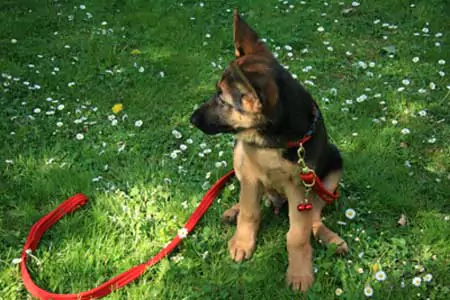
By doing this early on in the dog’s life the information is soaked up and retained.
It will have a far more long-lasting effect than at any other time in your dog’s life. These initial reinforcements are critical.
However, if you want to use your dog as a gundog to pick up game in later life you can introduce the ethos of track and retrieve out of sight, with a tight stop and recall when necessary.
Lead Work: Call your puppy to you and put your normal lead on three or four times during every walk then he will not learn that the lead means the end of playtime.
We have all seen the dogs that dance around 5/6 feet from their owners at the end of the walk. The owners have actually taught the dogs this frustrating habit by only ever putting the lead back on at the end of the walk.
The dog then works out that the lead means the end of all the fun and games. You will have successfully taught him to run away when you go to put his lead on. Each time you put the lead on for the first six weeks give him a small treat then gradually reduce this until you ate only treating occasionally.
the picture shows a young shepherd with the Jingler, my collar, and lead. You can buy them from my site.
Click on the photo for more info
The Sit Stay: A great way of setting up the recall for both puppies and adult dogs is by training the sit-stay so that the dog responds as if it has super glue on its bum.
For this, you will need a quality lead at least 5.8 feet long and a good collar, and of course the jingler
This will be your basis for the recall if your dog starts to get selective deafness at about 4.5 to 5 months of age and does not want to listen to your commands.
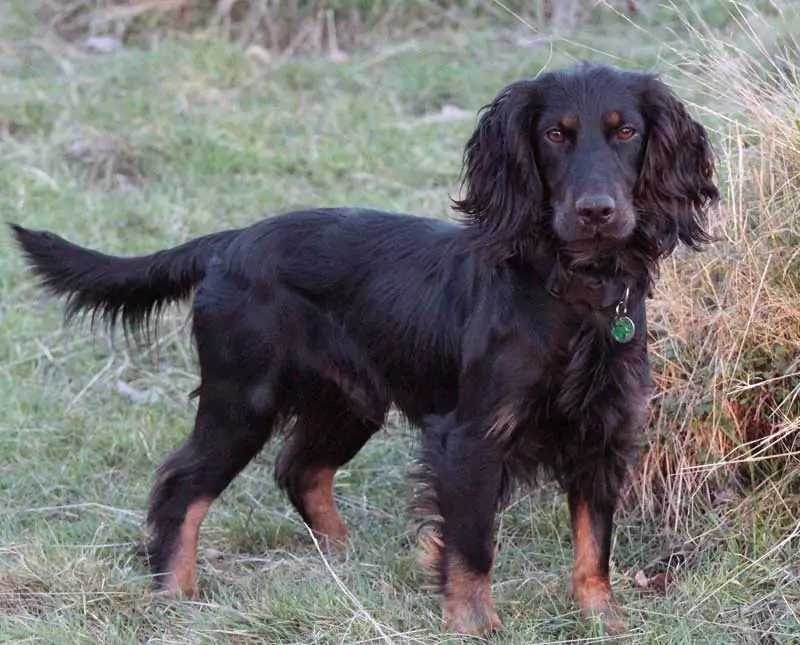
Once again, the dog should be on a lead with a Jingler attached. Get the dog to sit with the dog on your left side holding the lead in your left hand.
Using the cupped palm of your right hand bring it to the dog’s nose saying gently “ Stay” three times. Swivel in front of the dog so you are facing it and slowly back up to the length of the lead. Holding the lead in the middle with your left hand and in the loop with your right hand.
With your right hand gently pull on the lead what we are looking for is a sit-stay that is so solid that even you pulling on the lead will not budge the dog.
If when you move backwards or put pressure on the lead, the dog moves then lift the lead smartly upwards over the back of the dog’s head with your left hand, so it activates the Jingler and say “Stay”.
If he has moved you may have to take him back to the original position. Keep repeating till you can get to the end of the lead and give it even harder pressure if the dog moves then move the lead upwards again and say “Stay” if the dog stays then go back to praise and treat.
Keep repeating till you think the dog has got the message and then start dropping the lead and moving further back but always turn your back on the dog when you walk away. When you have moved away turn and use the index finger of the right hand and say “Stay” If your dog starts moving you have gone too far too fast, and shorten the distance again.
Once rock-solid you can just use the index finger for the stay rather than the right hand, and you will only need to say “Stay” once at this time. Once you can get the sit-stay at 100 yards
Then start to call your dog to you with either Come or Here or a Whistle. But don’t call him to you every time or he will start anticipating the command. As with the sit and down commands only treat the best stays and the best results once he has mastered this technique. You may have to go back close to him when you start the recall and really encourage him.
The best way to learn these techniques is through my jingler techniques and my Jingler DVD at only 11.95 or 9.95 for the instant streaming one, it is invaluable in helping you follow my techniques. For more information see (3) The Jingler and Further Information (4) Recall Training Aids
| Is your dog pulling on the Lead, Unruly, Mouthing, Bad Recall, Aggressive on The Lead, or Jumping Up? See my article and Video Clips on how to stop this. The Jingler |
Below there are three little Videos taken on my phone at the bottom of this page.It shows me with four of my dogs which includes Cora who is quite a young dog at the time. We were just messing about with a bit of whistle and voice control work
I am hoping to start filming with all proper cameras and a professional team starting with Puppy Recall training for the first video and then filming adult recall training on a second video. sign up for my Newsletter and I will keep you posted.
(3) The Jingler and Further Information



